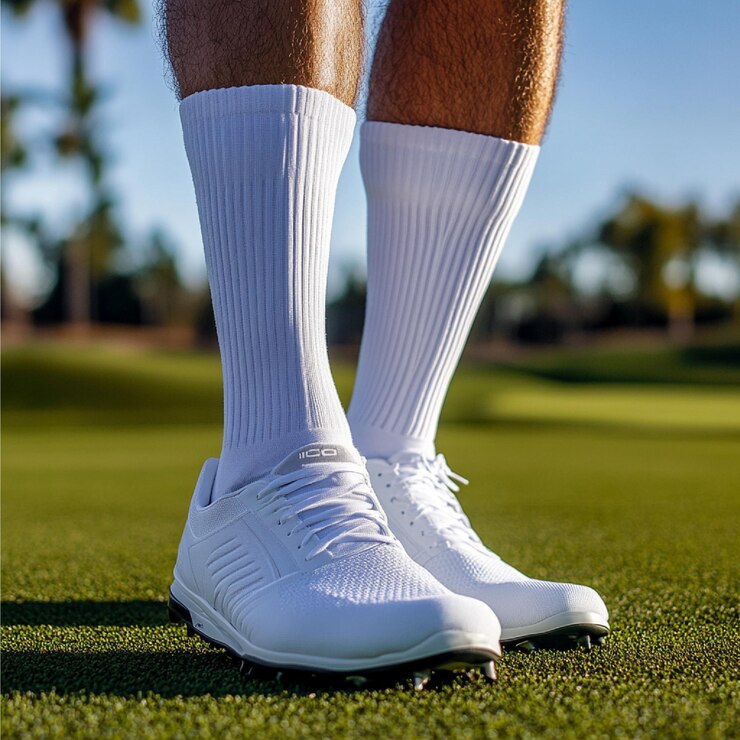Athletic performance depends on many factors, yet one crucial element often gets overlooked: the right pair of men’s socks. Whether you are hitting the gym in Dubai, playing football in Abu Dhabi, or running through the streets of Sharjah, proper athletic socks can make the difference between comfort and discomfort, between peak performance and unnecessary distractions.
Why Sports Socks Matter More Than You Think
Regular cotton socks simply don’t cut it when it comes to athletic activities. During intense physical activity, feet generate significant heat and moisture. Without proper ventilation and moisture management, athletes face blisters, hot spots, and uncomfortable sliding within their shoes. Quality men’s socks designed for sports address multiple challenges simultaneously: they wick away sweat, provide cushioning where needed most, and maintain their shape throughout rigorous movement.
Material Considerations for Athletic Performance
Synthetic blends dominate the athletic sock market for good reason. Polyester, nylon, and specialized synthetic fibers excel at moving moisture away from the skin while maintaining durability. Merino wool, though natural, also performs exceptionally well in athletic applications. It naturally resists odors, regulates temperature, and feels comfortable against the skin even when wet.
Cotton, while comfortable for casual wear, retains moisture and loses its shape quickly during athletic activities. Many athletic men’s socks incorporate small percentages of cotton for softness while relying primarily on synthetic materials for performance benefits. Spandex or elastane provides the stretch necessary for a secure, comfortable fit that moves with your foot during dynamic activities.
Cushioning and Support Features
Modern athletic socks incorporate targeted cushioning zones that correspond to high-impact areas of the foot. Heel and forefoot cushioning absorbs shock during running and jumping activities, while arch support helps maintain proper foot alignment and reduces fatigue. Some men’s socks feature graduated compression that improves blood circulation and reduces swelling during extended periods of activity.
Seamless toe construction eliminates pressure points that can cause blisters during repetitive movements. Many athletes prefer socks with reinforced heels and toes, as different areas experience varying levels of wear depending on the specific sport and individual gait patterns.
Height and Fit Considerations
Sock height affects both performance and comfort. Ankle-height socks work well for low-profile athletic shoes and activities that don’t require additional ankle protection. Crew-height socks provide more coverage and work better with higher athletic shoes, while also offering additional protection from shoe friction.
Proper fit remains crucial regardless of height. Socks that are too large bunch up and create friction points, while overly tight socks restrict circulation and movement. Quality men’s socks feature specific sizing that corresponds to shoe sizes rather than generic small, medium, and large categories.
Sport-Specific Requirements
Different sports place unique demands on feet and socks. Running socks prioritize moisture management and cushioning in the heel and forefoot areas where impact occurs most frequently. Basketball and tennis socks often feature additional lateral support and cushioning to handle side-to-side movements and quick direction changes.
Soccer players benefit from thin, form-fitting socks that don’t create bulk inside cleats, while still providing moisture management. Cycling socks tend to be thinner and focus on preventing hot spots during extended periods of repetitive motion.

